A creative approach to enhance expressive playing in elementary and intermediate students through story-tellingIt was a pleasure to present my second talk at the APPC last week. The art of teaching through story-telling has always captivated me. In instrumental pedagogy, this is by no means a groundbreaking idea, and throughout my own lessons at the university of Auckland with teachers such as Rae de Lisle, Stephen de Pledge and Sarah Watkins, I observed this strategy being used to help students even at a tertiary level. So it is definitely a teaching tool that is used widely. In 2015 I completed a Master's degree in Piano Pedagogy. My research was based on how to foster musical expressiveness in a student’s playing. I discovered many interesting facets surrounding this topic, and one of them I am really fascinated in, is the use of story-telling in the lessons to help the students understand and express music they are unfamiliar with. For this session, I wanted to focus on using storytelling techniques to help children learn music they are initially "uninterested" in. I feel that children have a nature inclination to be interested in the popular, jazz, and romantic genres, and after speaking to many teachers on this subject, the classical repertoire seem to be one of the most ignored genre of music, especially during the first few years of piano learning. One of the most memorable moments durying my research was when I interviewed NZ pianist and composer, Gillian Bibby. She has taught many accomplished Kiwi pianists and conversations with her are always so inspiring. When I asked her about when it is appropriate to bring in the stories she indicated that it can be used to polish a piece once all the notes have been learnt, and it is so important to have originality and creativity with the stories: “Particularly when the notes and technique has been done, we need the stories even more. You don’t just do this one loud and this one soft, that’s boring! But if this one is the witch going into the cave to meet the dragon, and in the repeat the dragon is curled up in a ball, saying hello to the witch. That is such an extraordinary image! That would make such a big difference in a piece of music! That was my story, and I would ask them, ‘'What is your story?’” – Gillian Bibby, on teaching expressivity. How adding a narrative can help The beauty of sonatinas and sonatas are that because the titles are all the same, we can help children interpret them into a story their imagination can fathom and discover. When they can do so, you can instantly see their eyes brightening up and faces starting to beam, as they find themselves suddenly able to bring to life a previously boring sounding passage because it is now a part of a meaningful story. When story telling is used effectively, it can greatly enhance the character of the piece because it can provide a reason for any dynamic/articulation changes. Often the imageries help with any technical training. When a child is able to come up with their own story, it allows autonomy in their learning by stimulating imagination and creativity, which is why we get really fast results that last. Finally, the best part is how much more they seem to enjoy the music. It can be really fun. I can honestly say, my students that have been taught their classical pieces in this way from the very beginning, all love learning and playing the classical repertoire as much as their romantic and jazz pieces. By involving storytelling in their learning they know they get to be just as creative and expressive with these pieces. How to use story-telling effectively in the lesson? According to the results of my research, as teachers we first need to understand which aspect of musical expression we would like the student to improve. Is it the dynamics? Articulation? Over-all character of the piece? So we need to have a really clear idea of the final result before we start with the student. We then need to associate that aspect of musical expression with a subjective experience the student can relate to. The binding ingredient is to give an auditory or visual representation of the final musical product. For example, with a fast piece full of chromatic staccatos we can say to the student, “Play as if you are trying to outrun an army of swarming wasps!” (which in my books is a pretty imaginative metaphor) but unless the students hear exactly how fast the piece is, how short the staccatos are supposed to be and know how to physically make these sounds... He or she is unlikely to consciously produce and reproduce the desired musical result. So the nuts and bolts of these musical components, should be taught by modelling. Examples of using story telling in the lesson
Here I wanted to give an example of how to use the "cheat-sheet" with Sonatina in C, by Kuhlau: So if we go to the cheat sheet – does the piece have a melodic line? Yes, and it is in major key. So let’s say to the student, imagine the beginning is Cinderella gracefully wondering through the forest, and the repeated quavers in the second bar are like when she sees her animal friends, and takes a few quick steps to go and greet them. Next, does the piece have a conventional accompaniment? Yes! The alberti bass represents her soft footsteps – if you play it too loud, Cinderella will sound more like the ugly step sister!
Here is a short video of my APPC talk on a couple more examples of using storytelling in the lessons So hopefully today I have given a snippet of what you can do with the stories, and it will encourage your students to learn more music, not necessarily limited to sonatinas and sonatas! We want to use stories to encourage imagination, creativity and connection with the music.
Our goal is that in time, students become autonomous at analysis and interpretation, transforming music into their personal storytelling journey. Happy teaching! Melody Deng
2 Comments
Celinna
13/9/2019 07:06:15 am
Thank you for making the whole process very clear! I love to use story-telling with my students but mostly without any formulas, so the cheatsheet is very practical and useful. I'd love to read more articles on story-telling or even a book if you happen to publish any! 😊
Reply
Melody Deng
16/9/2019 10:00:10 am
Hi Celinna,
Reply
Leave a Reply. |
AuthorThis blog post is by Melody Deng Archives
September 2020
Categories
All
|
|
©2019 East Coast Bays Piano Studio | All Rights Reserved
|
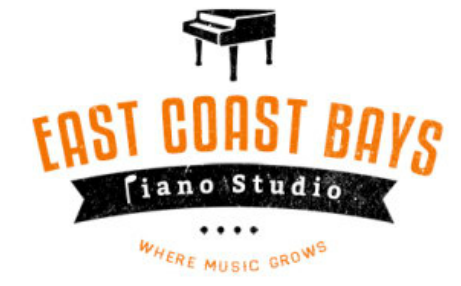
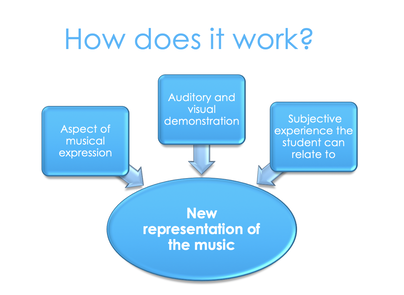
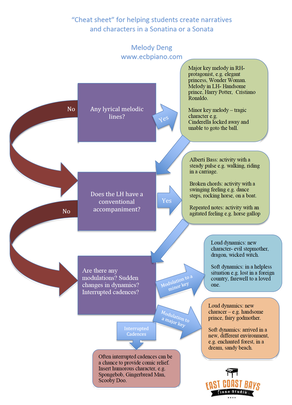
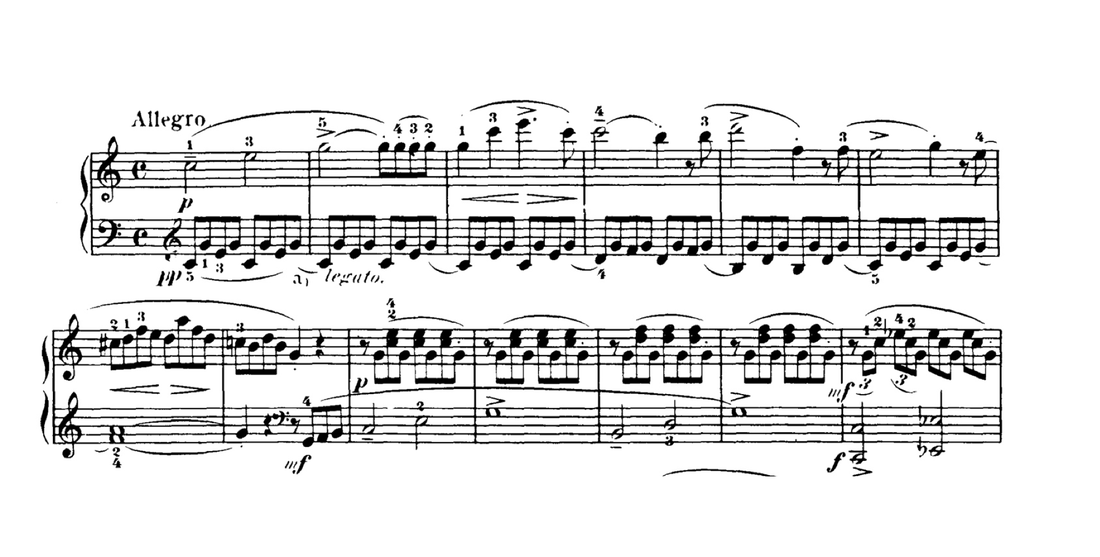
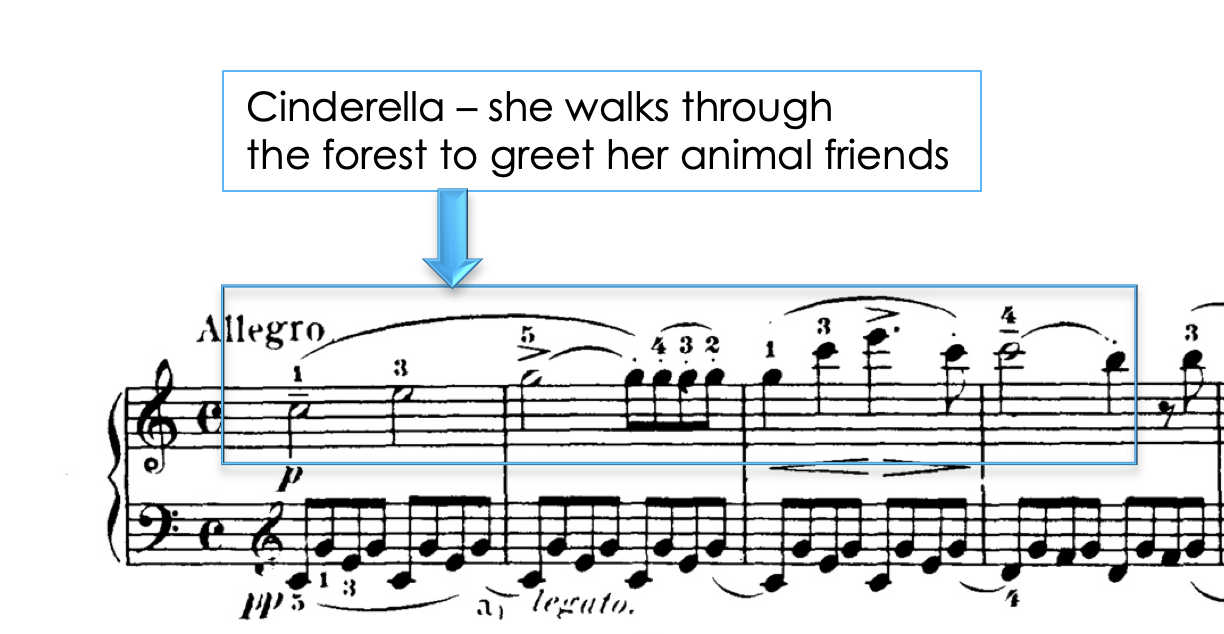
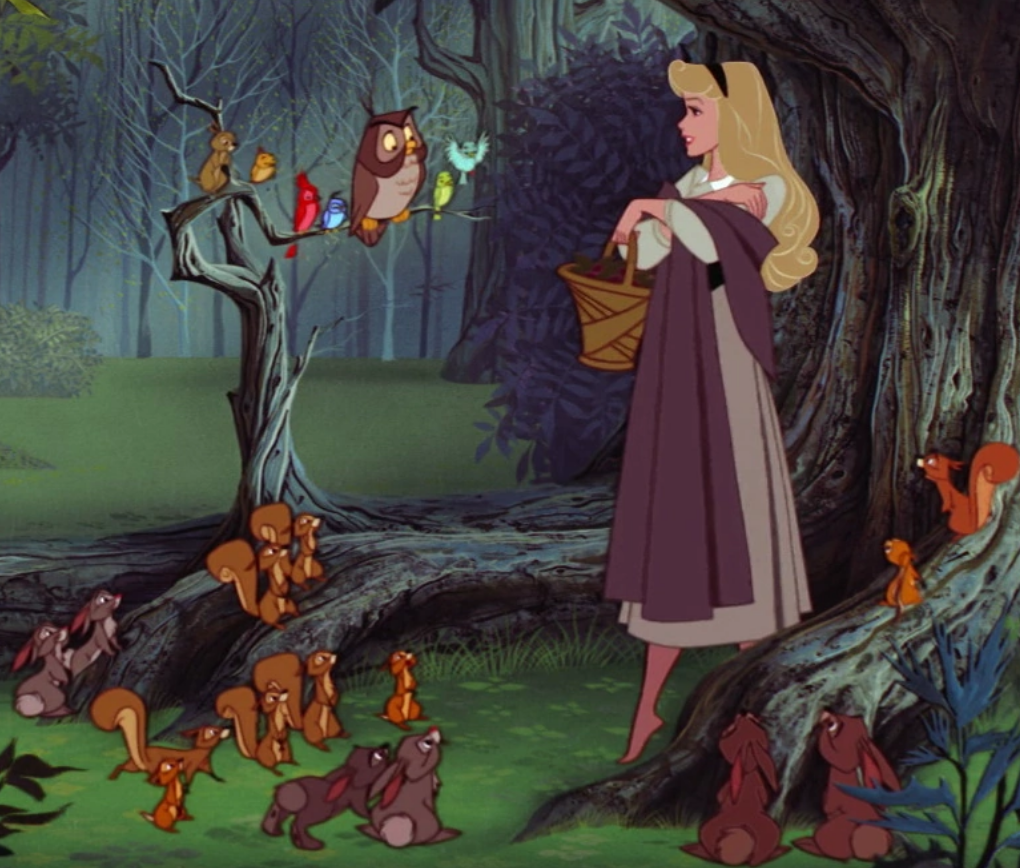


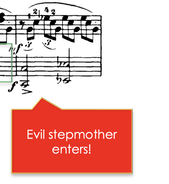

 RSS Feed
RSS Feed